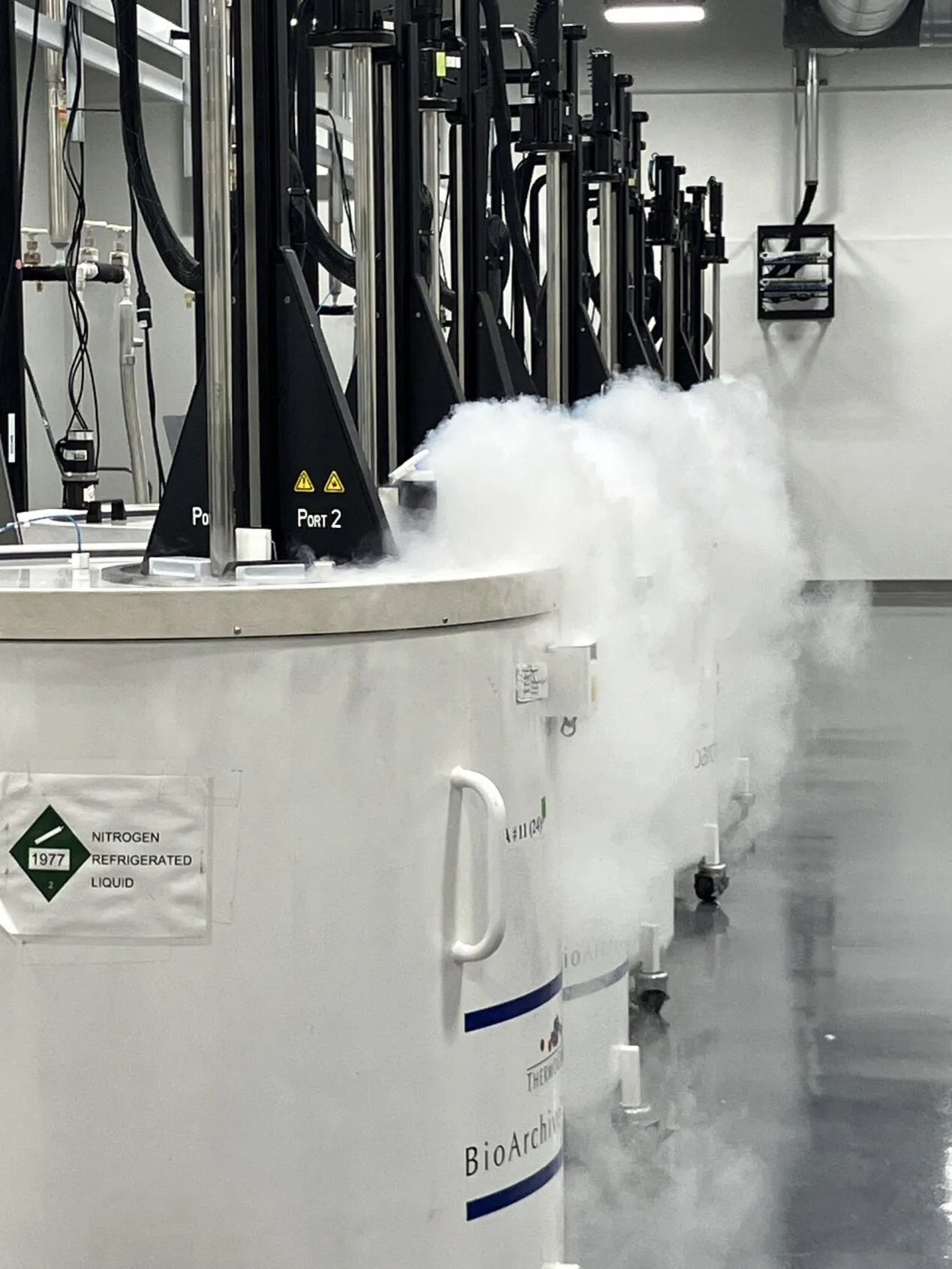Cord Blood
High-Quality Cryopreserved Cord
Blood for Research & Therapeutics
Product
Description
Through our National Cord Blood Program (NCBP), CCS provides an extensive inventory of over 27,000 clinical-grade cryopreserved cord blood units. These units serve as non-related donor stem cell transplantation sources and support cell therapy research and development in oncology, advanced therapies, and immunotherapy.
Did You
Know?
The world’s first public cord blood bank, New York Blood Center’s NCBP celebrated its 30th anniversary in February 2023. While we stopped active collections in 2020, we continue to maintain a cryopreserved inventory of more than 27,000 units for research and transplantation. The world’s first ever clinical transplants of unrelated donor cord blood were performed using NCBP cord blood units. NCBP is the first in the world to obtain a Biologics License from the FDA in 2011 to manufacture the licensed product HEMACORD®.

Key Features of the NCBP Inventory
Diverse Donor Representation: Ethnically diverse units to improve patient match rates.
Extensively Tested – Rigorous screening for:
- Infectious disease markers
- Cellularity (total nucleated cell count, CD34+ analysis, viability)
- HLA typing for donor-recipient compatibility
Applications for Research & Therapeutic Development
Our cryopreserved cord blood units (CBUs) are widely used in stem cell research, immunotherapy, and advanced therapies. Key applications include:
- Hematopoietic stem cell transplantation for patients with blood disorders, immune deficiencies, and genetic diseases
- Cancer research
- Natural Killer (NK) cell therapy development
- T cell therapy and adoptive cell transfer research
- Cord blood-derived mesenchymal stem cells (MSCs)
- Exosome research using hematopoietic stem cells (HSCs) and cord blood-derived MSCs
- Autoimmune disease modeling and drug discovery
Processing & Storage Details
Our clinical-grade cryopreserved cord blood units undergo minimal manipulation to preserve native stem cell properties and optimize therapeutic applications.
- Collected in CPDA-1 (anticoagulant) and on-line filtered for clot removal.
- Volume-reduced in a closed system using the AutoXpress (AXP) system to remove most red blood cells (RBCs) and plasma.
- Mononuclear cell (MNC)-enriched product without further cell sorting.
- Cryoprotected with 10% DMSO/Dextran 40 for optimal post-thaw viability.
- Frozen in two-compartment, 25 mL freezing bags using controlled-rate freezing and stored in liquid nitrogen via the BioArchive system.
By leveraging CCS’s high-quality cord blood inventory and cryopreservation expertise, researchers and clinicians gain access to a consistent, well-characterized source of hematopoietic and mesenchymal stem cells for advancing cell and gene therapy development.